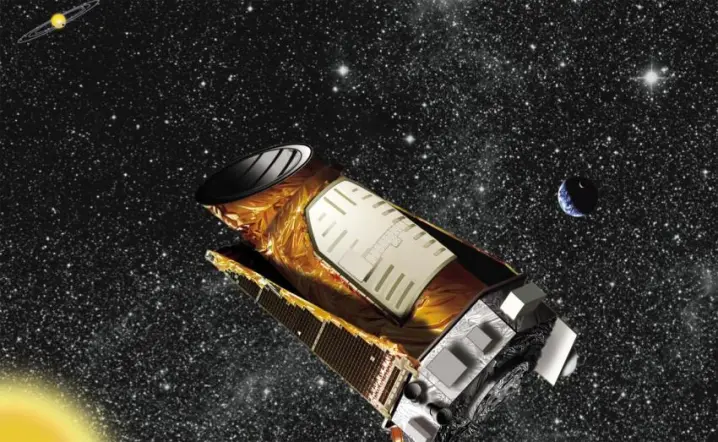The Kepler Space Telescope was retired in 2018 after a nine-year mission that saw it discover an incredible 2,600 confirmed exoplanets, kicking off the modern era of exoplanet research. But now there are three more exoplanets to add to the mission’s total, even after the telescope has been dark for the last five years. Astronomers were recently able to use data from the very last observations of Kepler to discover three more planets.
Two of the three exoplanets have been confirmed — K2-416 b and K2-417 b — with a third planet, EPIC 246251988 b, remaining an exoplanet candidate. (To be upgraded from exoplanet candidate to confirmed exoplanet, an initial observation has to be verified through observations by two other telescopes.) The planets range from 2.6 times the size of Earth to 4 times the size of Earth, making them small in comparison to most discovered exoplanets.

The planets themselves might not be the most exciting of discoveries, according to the researchers, but what is special about them is the way that they were discovered.
”These are fairly average planets in the grand scheme of Kepler observations,” said lead researcher Elyse Incha of the University of Wisconsin-Madison in a statement. “But they’re exciting because Kepler observed them during its last few days of operations. It showcases just how good Kepler was at planet hunting, even at the end of its life.”
The observations were made during the telescope’s last weeks of observations before it was retired on October 30, 2018. As the spacecraft ran out of fuel, it could no longer point in the correct direction and its data became blurry. But the researchers were able to use the last good data to find transits — when the light from a star drops slightly due to a planet passing in front of it.
Even though the mission is now long over, the telescope leaves behind a legacy of publicly available data that it collected over its nearly decade-long observations. It has been succeeded by other planet-hunting telescopes like TESS, NASA’s Transiting Exoplanet Survey Satellite, which was launched in 2018 and continues to discover new exoplanets.
“In many ways, Kepler passed the planet-hunting torch to TESS,” said TESS project scientist Knicole Colón, who also worked on Kepler. “Kepler’s dataset continues to be a treasure trove for astronomers, and TESS helps give us new insights into its discoveries.”
The exoplanet research is published in the journal Monthly Notices of the Royal Astronomical Society.



